Types of Bonsai: [According to Size and Shape]
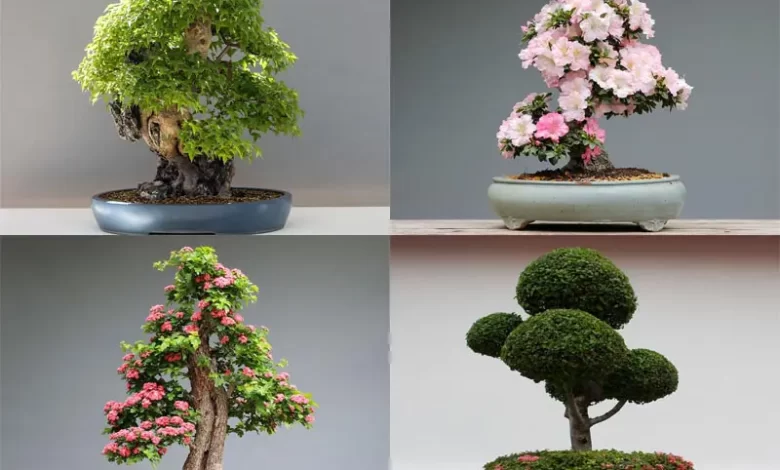
Important Points About Bonsai Types
- How are bonsai classified? Bonsai can be differentiated based on two main aspects: the size they are capable of having and the shape.
- What types are there according to their size? The first possible classification of bonsai is based on size, from miniature versions to the largest. Thus, we can find the hachi-uye, the omono, the chumono, the komono, the shohin, the mame and the shito.
- What types are there according to their shape? Shape also plays a leading role in this area. Depending on their shape, we find the chokkan, the moyogi, the shakan, the hokidachi, the sokan, the fukinagashi, the kengai, the bunjin, the ishitsuki, the ne agari and the yose ue.
 Almost everyone knows (or has an idea) what a bonsai is, but few know that they are very different and not only in terms of species.
Almost everyone knows (or has an idea) what a bonsai is, but few know that they are very different and not only in terms of species.
Bonsai can be differentiated based on two main aspects: the size they are capable of having and the shape.
Are you one of those who would like to have all the information possible about these particular trees? Congratulations because here we will talk about all types.
Types of bonsai according to size
The first possible classification of bonsai is based on size, from miniature versions to the largest, let’s see what are they?
Hachi-oops
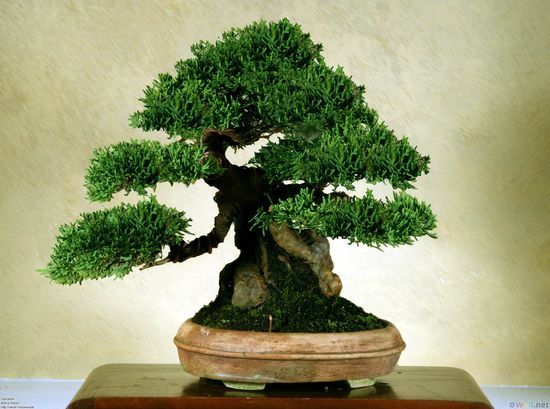
It is the largest bonsai that can be grown without reaching the size of the tree species in its natural habitat.
They usually measure more than 130 centimeters, so they are quite heavy and visible with little effort.
However, they are not very common, since the work technique is specialized and requires dedication, money and effort.
omono
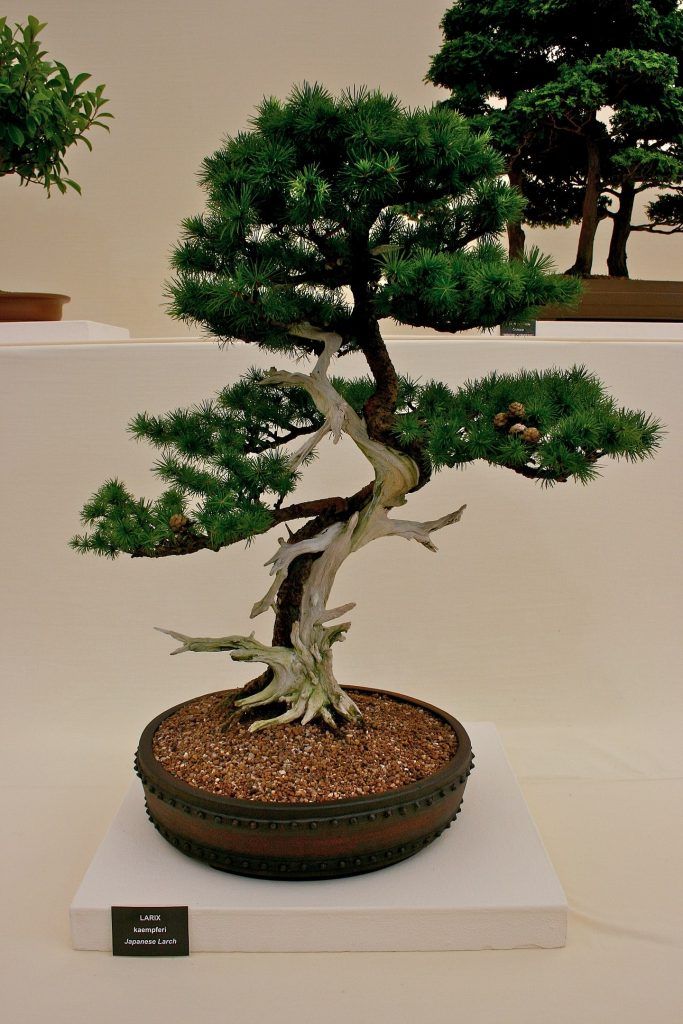
It is a bonsai that is also very large and can occupy between 60 and 120 centimeters.
Due to their structure, they are used for decorative purposes in places closely related to bonsai, such as gardens.
Experienced hobbyists can grow them, but, as in the previous case, they also require a significant investment of money and effort.
Chumono
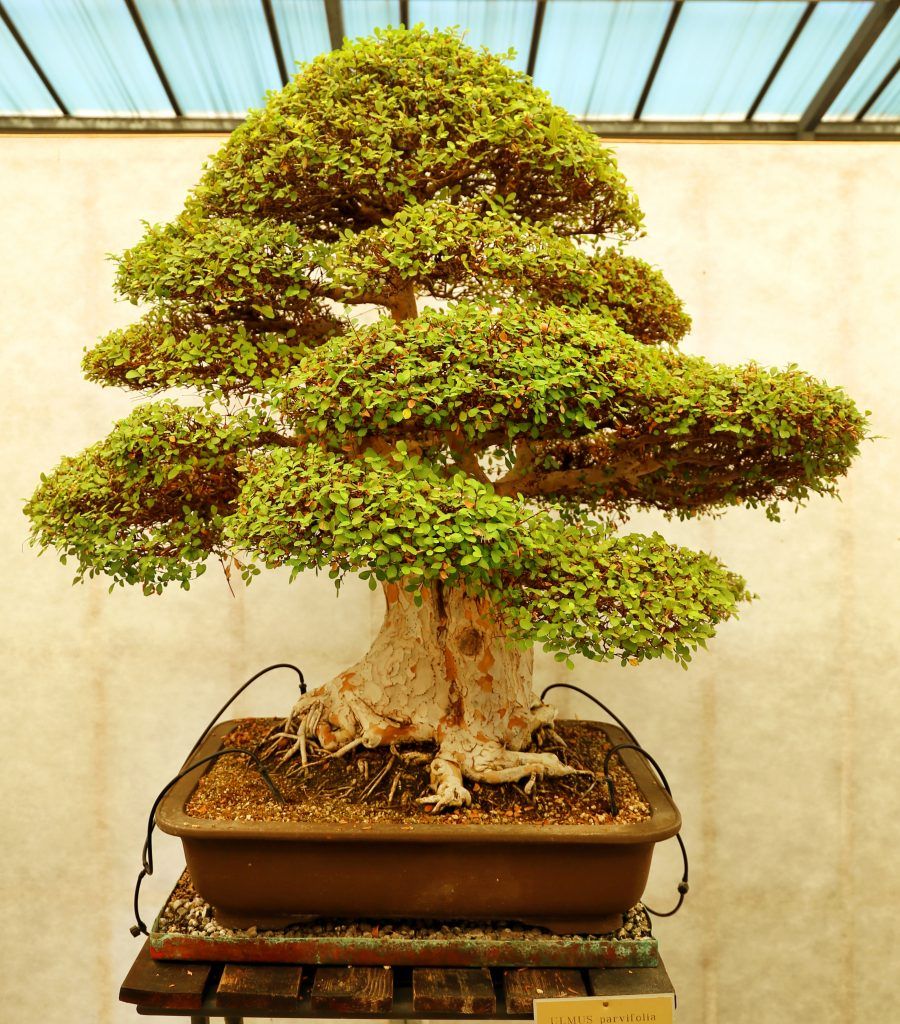 Immediately after the Omono we find the Chumono that reaches between 30 and 60 cm (already here we begin to approach the most common bonsai).
Immediately after the Omono we find the Chumono that reaches between 30 and 60 cm (already here we begin to approach the most common bonsai).
Even so, they are bonsai that are only suitable for the most experienced, since achieving the characteristics of a bonsai in this size is demanding.
Komono
It is one of the most suitable bonsai for amateurs because it requires much less effort than the previous ones. Komono bonsai measure between 15 and 31 centimeters, which allows you to admire the beauty of this type of plant, without wearing out with so many hours of work.
shōhin
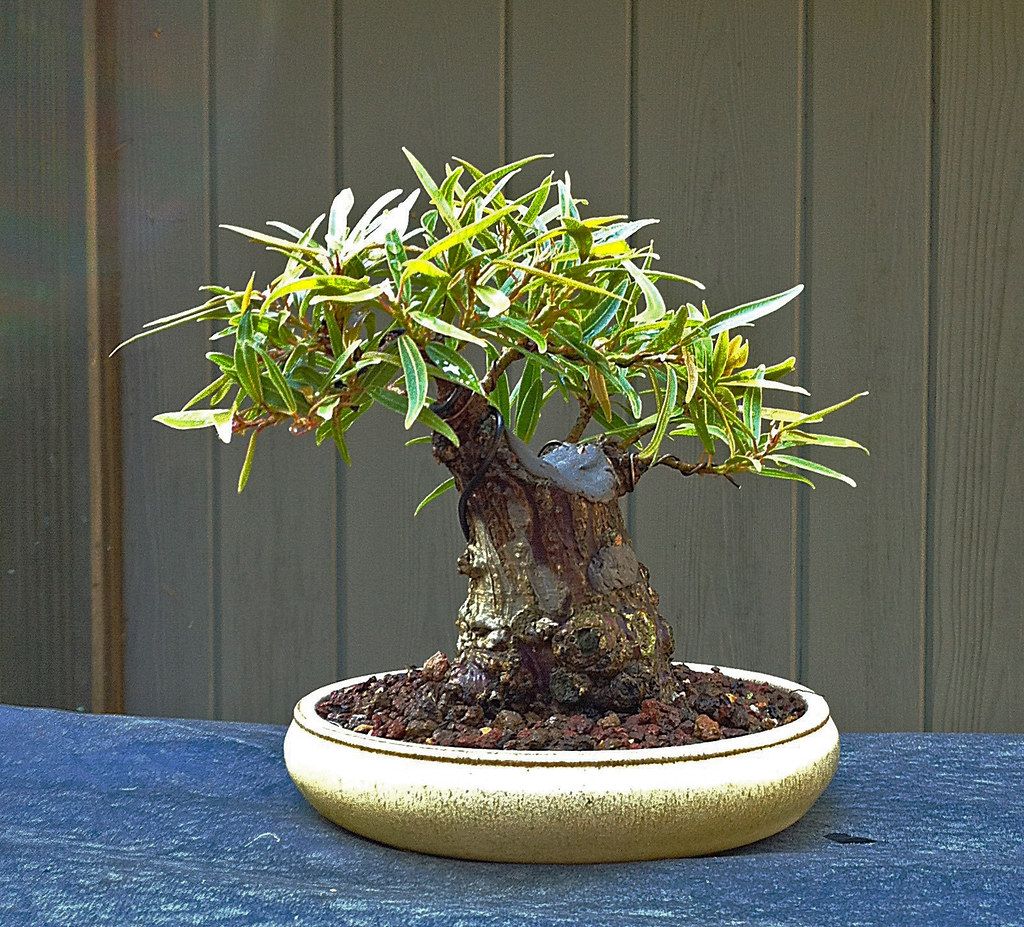
It is one of the bonsai that you could see more easily due to its popularity. They tend to be between 15 and 25 centimeters tall.
They are simple to structure and maintain and they are not so difficult to achieve the desired objective, so they become ideal for beginners.
mom
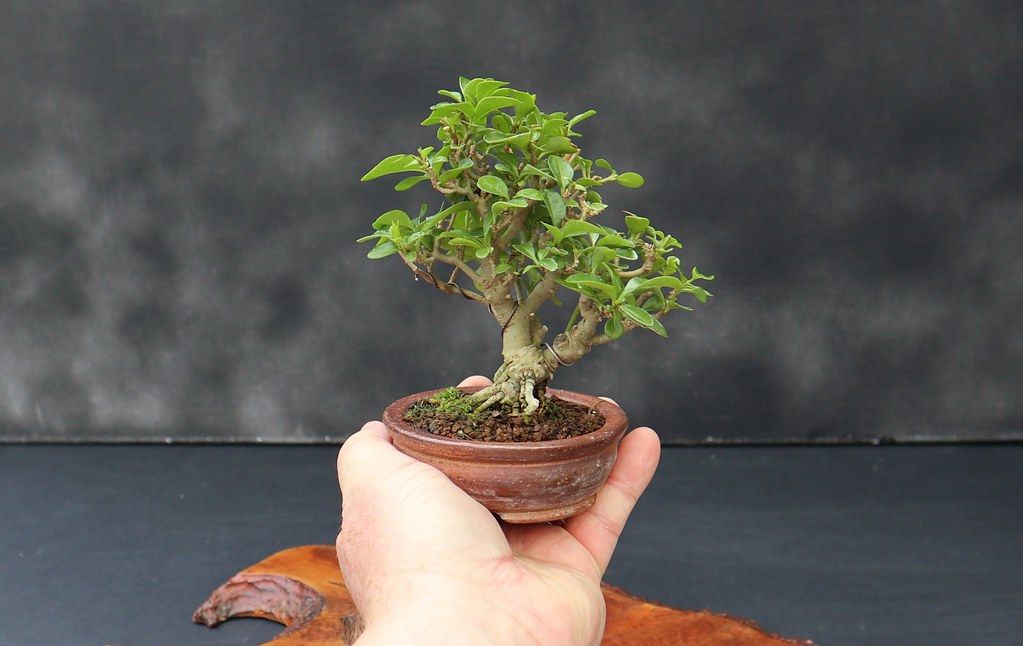
It is one of the smallest versions, only surpassed by the Shito that we will see below. They measure from 5 to 15 centimeters.
Due to its condition, it is a type of bonsai that is worked from the moment the plant begins to grow, not waiting for it to reach a certain height as in other cases.
shito
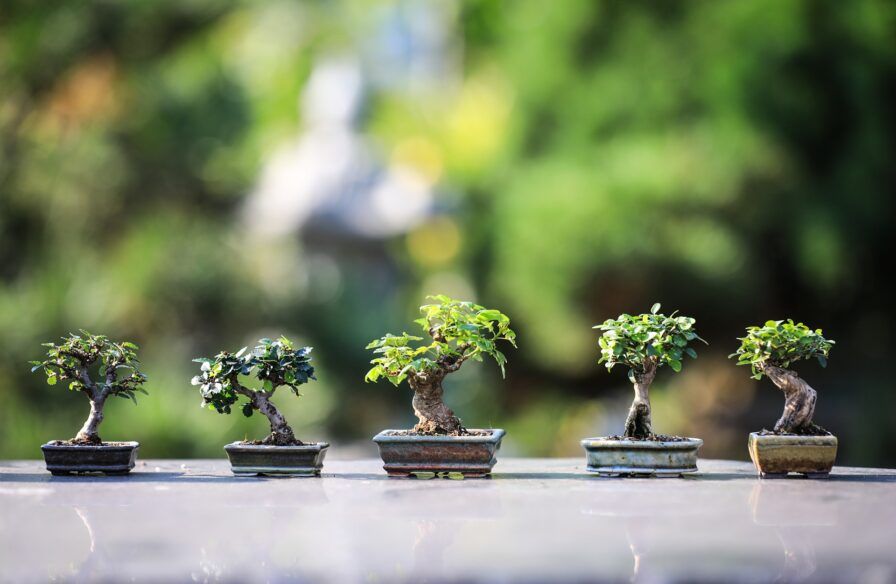
It is the bonsai with the greatest technical difficulty that exists and that is why they are usually worked by specialists in the field, since they measure a maximum of 5 centimeters.
They are bonsai that fall in love with because of the tenderness that accompanies them, but they are usually very unusual, since very few people are qualified to obtain them.
Types of bonsai according to their shape
Size is not the only important thing we have to look at when growing bonsai. Since this is an art, it is logical that the form plays a leading role in this area and right now we will see which are the most used.
Chokkan
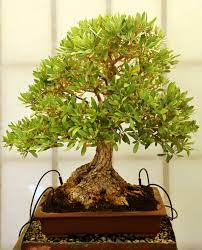 It is the most usual and most sober bonsai that exists. It is based on a basic structure of a straight trunk and a cylindrical crown.
It is the most usual and most sober bonsai that exists. It is based on a basic structure of a straight trunk and a cylindrical crown.
To achieve this, it is necessary that the branches are worked equidistant from the trunk, generating a fan that will later be covered with foliage.
Moyogi
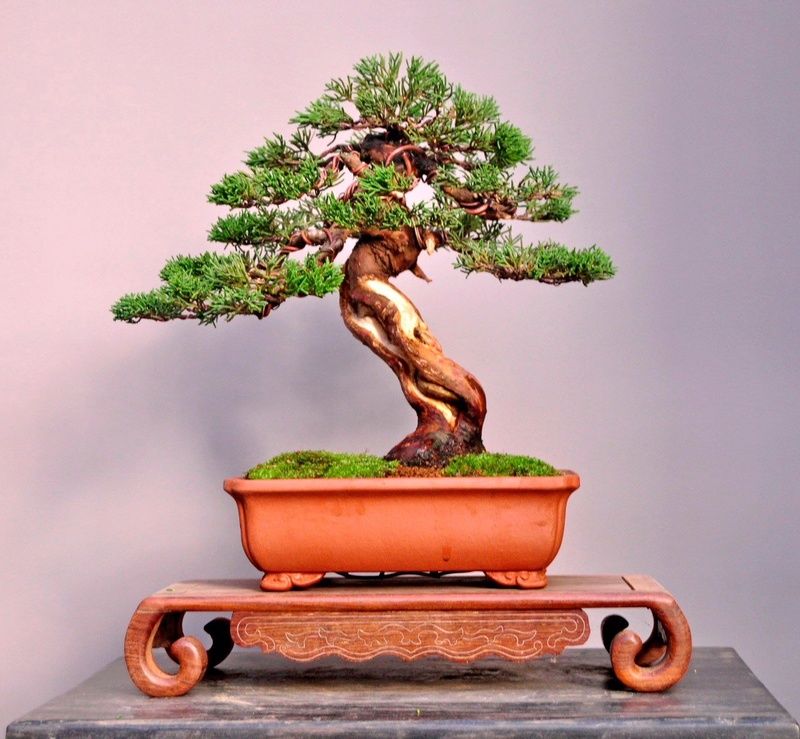
This version of bonsai is similar to the previous one because it is also vertical, only the trunk is not straight but has an obvious curvature.
The branches are not distributed at the same height or have the same length, so the tree is often seen as a kind of ladder.
However, care is taken that there are branches present on both sides of the trunk to give it greater imposingness. Beautiful, don’t you think?
shaken
The Shakan is a work of art in bonsai. It is a tree that stands with a straight but inclined trunk around the base.It is usually laborious at first to get the trunk to take that shape, but later it does not require so much effort.
hokidachi
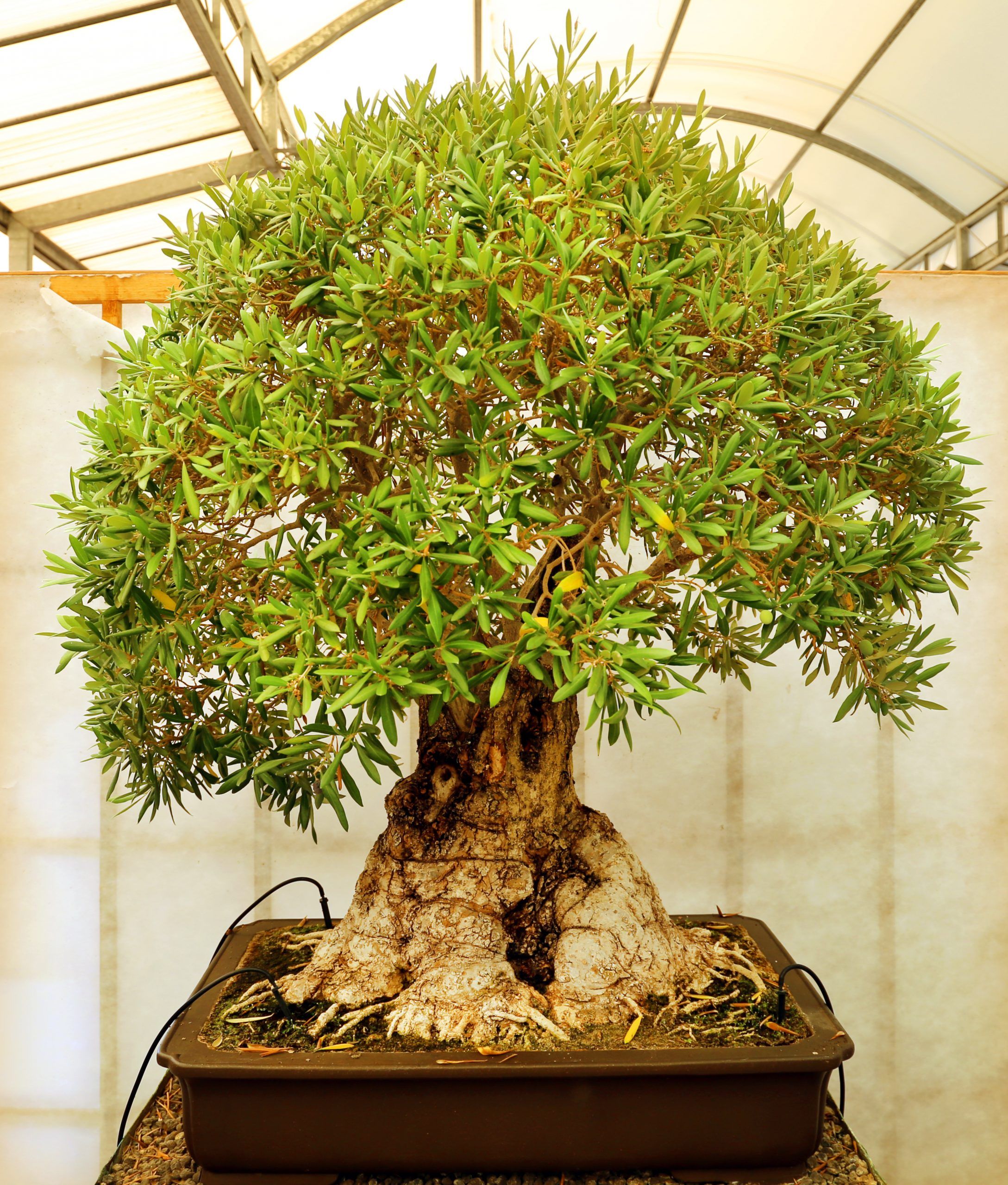 It is a leafy and dense tree that is formed by very intelligently distributing the branches.
It is a leafy and dense tree that is formed by very intelligently distributing the branches.
The idea is that these are completely covered by the foliage, so that it appears as a dome on the trunk. It is often called an umbrella.
sōkan
It is a very striking structure because it looks like a garden of several miniature trees, but it is really only one.To achieve this, the grower employs techniques that allow the trunk to appear split at the base, although this is actually an illusion.
Fukinagashi
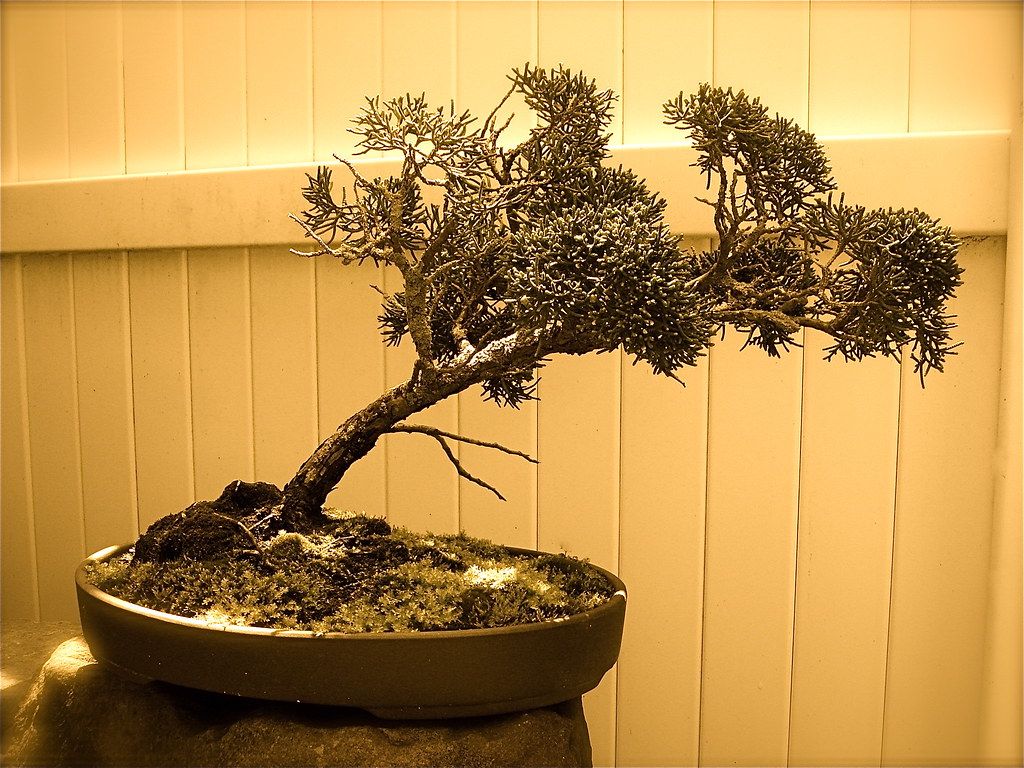
For the most daring who seek not only to recreate the tree in miniature, but also the conditions that nature offers, the Fukinagashi is their thing.
Here, the idea is to make the tree look leaning towards the top, as if demonstrating the growth that occurs when gusts of wind blow. Isn’t that interesting?
Kengay
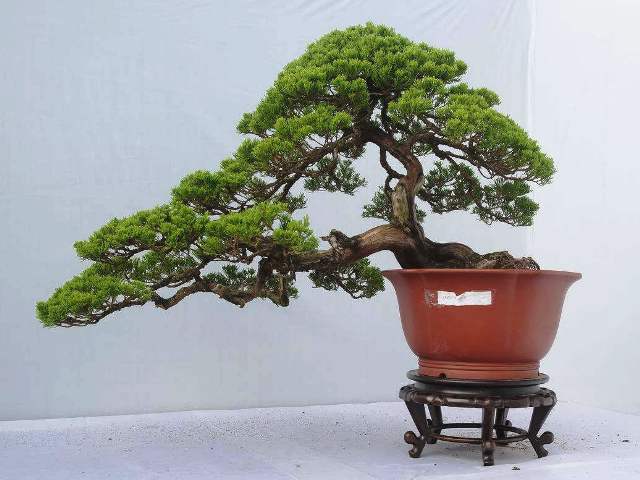
They are trees that are allowed to grow with the trunk very inclined, almost always below the height of the container where it is kept.
This condition implies that the branches remain very low, as if in a cascade, finding a crown that seems to play with gravity.
Bunjin
They are bonsai that are known as naked because their structure is simple, minimalist if you will.It has a very spiritual condition that resembles life without decorations, but only applying those elements that are essential.
Ishitsuki
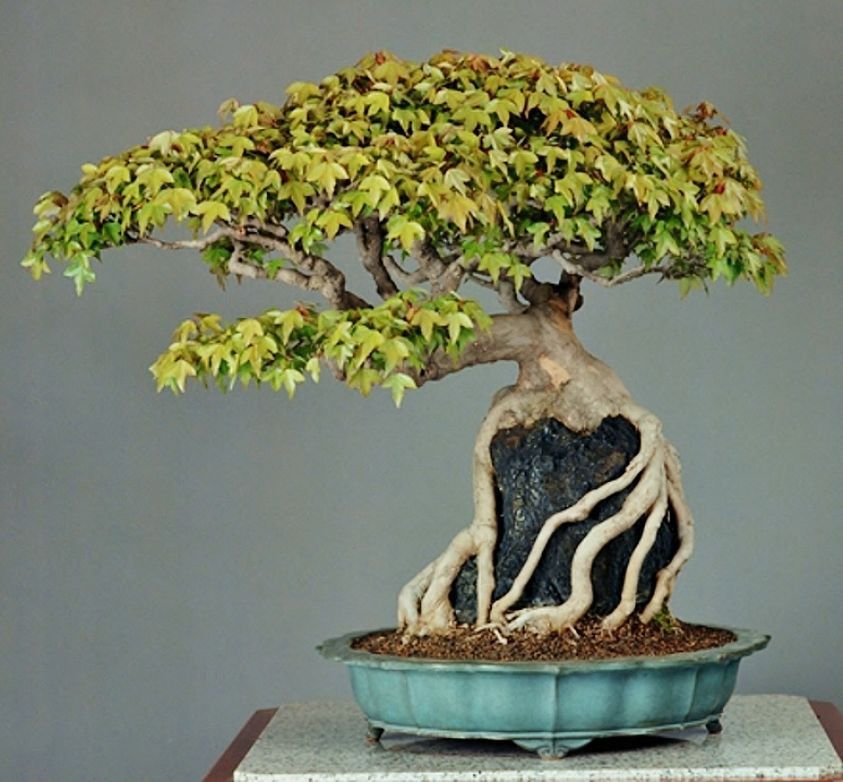
A beauty of bonsai that reveals the particularities that mother nature gives.
In this case, the tree is allowed to grow on a rock with the roots spreading throughout the structure of the rock.
So, the tips of the roots are the ones that come into contact with the soil and thus obtain the essential nutrients to stay healthy.
Ne Agari
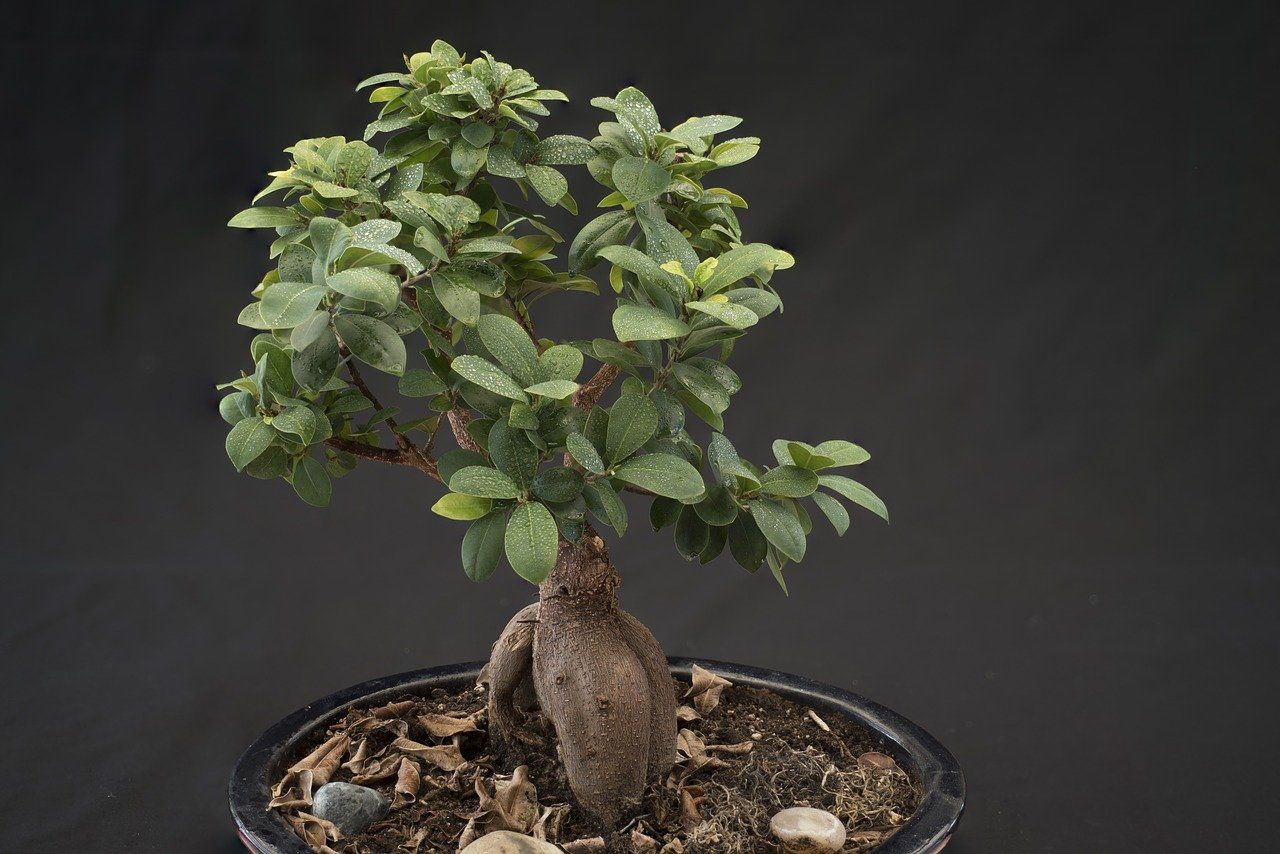 They are bonsai with bare roots, similar to the previous case, but without the rock where they rest.
They are bonsai with bare roots, similar to the previous case, but without the rock where they rest.
In this case, the base of the plants is progressively cleaned as the tree grows. Thus, the time will come when the roots are exposed.
yose ue
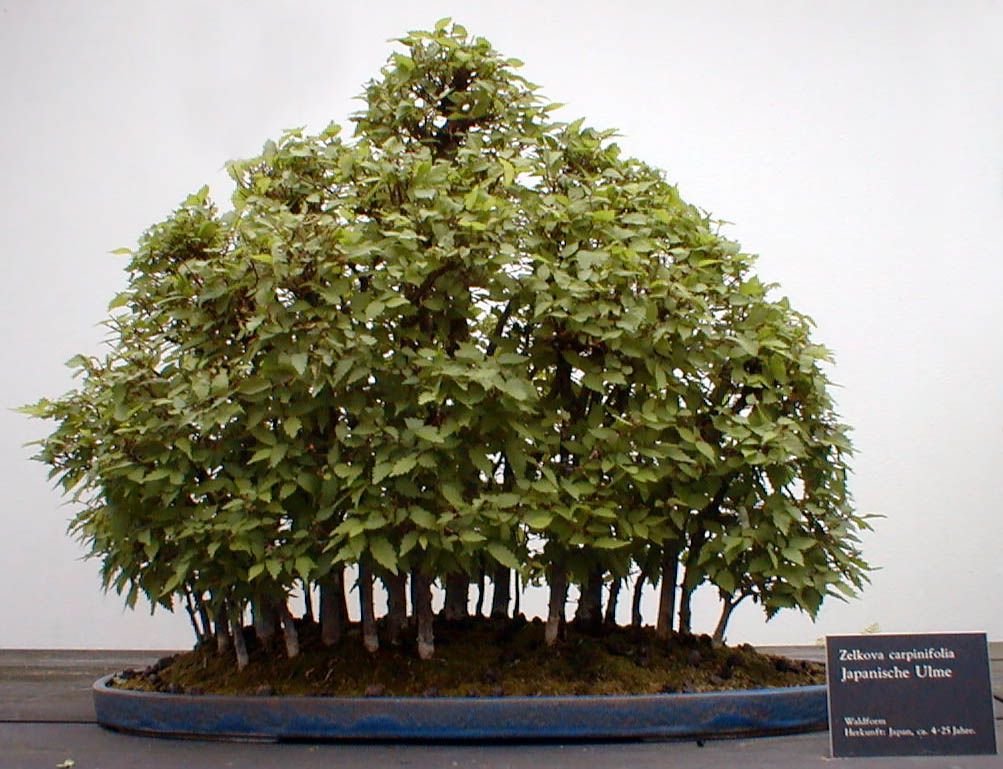 It is one of the characteristic bonsai because it is not a single tree but several of the same species that are adapted to create a forest style.
It is one of the characteristic bonsai because it is not a single tree but several of the same species that are adapted to create a forest style.
Usually the amount is an odd number, which allows for better visual recreation.
It is also sought that they grow with different sizes to achieve that varied and beautiful landscape.
How many of these bonsai that we have presented to you today have you seen live and direct? If it has been more than 3 or 4, congratulations!
Bibliographic references
- Art and Technique in Bonsai, C Pessey – 1996 – books.google.com
- Bonsai Guide, G Owen – 1998 – sidalc.net
- An ideal bonsai: techniques and secrets to obtain and preserve bonsai at home, C Genotti – 2003 – sidalc.net
- Indoor bonsai, G Genotti – 1991 – sidalc.net
- Bonsai, J Téllez – 1990 – expeditiorepositorio.utadeo.edu.co
- Bonsai: A Compact Representation of Trees, JJ Darragh, JG Cleary, IH Witten – Software: Practice and…, 1993 – Wiley Online Library
Maybe you are also interested in:
- How often and how to water my Bonsai?
- Outdoor Bonsai: [Characteristics, Care, Types and Sun Exposure]
- Indoor Bonsai: [Characteristics, Varieties, Care and Irrigation]
- Caring for a Bonsai: [Irrigation, Sun Exposure, Pruning and Fertilizer]
- Carmona Bonsai Care: [Earth, Humidity and Pruning]
- Bonsai Pests and Diseases: How to Identify and Treat Them

![Photo of Prune Ficus Ginseng: [Importance, Time, Tools, Considerations and Steps]](https://www.complete-gardening.com/wp-content/uploads/2022/08/prune-ficus-ginseng-importance-time-tools-considerations-and-steps-390x220.jpg)
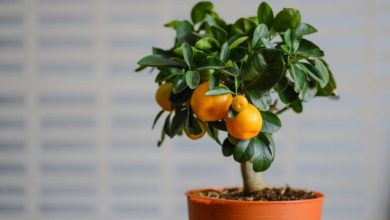
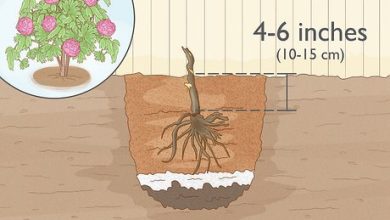
![Photo of How to Transplant an Indoor Plant: [Complete Guide]](https://www.complete-gardening.com/wp-content/uploads/2022/08/how-to-transplant-an-indoor-plant-complete-guide-390x220.jpg)